What Is The Chemistry Behind Essential Oils?- AAA

While we may not have appreciated it back in High School, we at Edens Garden have grown to love chemistry because it offers insight into our potent pals – essential oils. In fact, chemistry can help you analyze GC/MS reports, create more therapeutic blends and give you a deeper understanding of essential oils and how they work.
And as people who are passionate about aromatherapy, we can’t help but share this knowledge with you! There are no prerequisites to this mini-course on essential oil chemistry, so feel free to leave the stoichiometry and Bunsen burners at the door.
What Is The Chemistry Behind Essential Oils?
Before we dive in, let’s set the record straight. Everything (including you and I) is made of chemicals. This means that all essential oils and plant material are also made of chemicals, and in this guide, we’ll be discussing which volatile compounds make up essential oils and what we can learn from this information.
Keep in mind that component, constituent and molecule are all words that are used interchangeably in aromatherapy when referring to a chemical in essential oil.
What’s In An Essential Oil?
To help you find out which components are in your essential oils, a reputable aromatherapy company will offer a GC/MS report for every batch of oil that they offer. At Edens Garden, you can find our oils’ current GC/MS test on their product pages under “Reports.”
We suggest pulling up a GC/MS and looking it over, as we’ll refer back to GC/MS reports throughout this guide. And just so we’re on the same page, download the Lemon oil GC/MS report here.
You’ll notice a few things when looking at a GC/MS report. In the top left-hand corner, we find information about the oil sample – who tested it, the day and time it was tested, the substance type and name, the lot number, volume of the sample and the device used to test it. Below that, the chromatogram reveals the concentration of each component found in the oil.
To the right, we find the Peak Report which lists the retention time – or time it took for a component to be detected[1] – along with the name and concentration of each component. It’s here that we learn what’s in essential oil, and if you’re looking at the Lemon GC/MS report, you’ll notice that there are quite a few components in this particular oil.
Each component contributes a unique aroma and therapeutic property to the oil, and it’s because essential oils contain so many components that each oil is so unique. Let’s look at some examples of popular essential oil components.
Popular Essential Oil Components
Some of the most prevalent natural chemicals you’ll find in an aromatic plant and essential oils include:
- Linalool: Found in oils like Clary Sage, Ho Wood, Coriander and Lavender oil, linalool offers sedative, stress-relieving, calming properties. Linalool alone is said to have a soft, floral aroma.
- 1,8 - Cineole: Eucalyptus, Saro, Ravintsara and Camphor all contain a significant amount of 1,8 - Cineole. This component is very beneficial towards respiratory issues and is recognized by its crisp, fresh, medicinal aroma.
- Limonene: Citrus oils like Lemon, Grapefruit, Yuzu and Mandarin all contain significant amounts of limonene, a component known for its anti-inflammatory properties. Its aroma is citrusy, bright and uplifting.
- Menthol: Peppermint oil, along with other mints, are best known for their strong, minty aromas due to their high concentration of menthol. This component is pain-relieving and energizing.
- Alpha-Pinene: Found in oils like Frankincense, Cypress, Myrtle and Pine, α-pinene is known for relieving pain. Its aroma, as its name suggests, is green, terpenic and pine-like.
- Eugenol: Cinnamon- Leaf and Clove Bud each contain significant amounts of eugenol – a spicy chemical component offering pain relief and immune support.
As you can see from the Lemon GC/MS report alone, there are dozens more essential oil components, but those above are some of the most prevalent in essential oils and in clinical research.
Learning about essential oil components – their aromas and therapeutic properties – allow us to assess the nature of an essential oil. Looking at Lemon’s GC/MS report, we find that it contains over 60% limonene, making it a great choice for soothing inflammation.
It also contains over 10% beta-pinene, which is an isomer of alpha-pinene. This means that beta-pinene has the same chemical formula as alpha-pinene, but a different structure. Many isomers found in nature offer therapeutic properties and aromas that are similar but differ slightly.
Chemical Families
When discussing essential oil chemistry, you’ll often hear talk of chemical families. These are groups of chemicals with similar molecular structures. An example of a chemical family is monoterpenes which all contain some hydrogen and 10 carbon atoms. Limonene and α-pinene are both examples of monoterpenes.
Other essential oil chemical families include sesquiterpenes, monoterpenols, sesquiterpenols, aldehydes, ketones and phenols.
Here are some examples of common compounds that belong to each chemical family:
| Monoterpenes | Alpha-pinene, limonene |
| Sesquiterpenes |
Beta-caryophyllene |
| Monoterpenols |
Linalool, menthol |
| Sesquiterpenols |
Santalol, cedrol |
| Aldehydes |
Citronellal, citral |
| Ketones |
Menthone, camphor |
| Phenols |
Eugenol, thymol |
| Ester |
Linalyl acetate, benzyl benzoate |
| Ether |
Methyl chavicol, anethole |
| Oxide |
1,8-Cineole, bisabolol oxide |
When an essential oil contains a significant amount of a chemical compound belonging to one chemical family, some aromatherapists may use what they know about that chemical family to make generalizations about the essential oil.
This is referred to as Functional Group Theory (FGT) and it’s become a debated topic amongst aromatherapists. On one hand, aromatherapists believe that FGT is a shortcut to remembering the therapeutic benefits and safety guidelines of essential oils. Others believe FGT is an inaccurate way of predicting the therapeutic benefits of essential oil constituents.[2]
We believe that there are benefits to FGT, but when you’re starting to learn about the chemical composition of essential oils (their benefits and safety guidelines), it’s best to learn about the individual chemical constituents rather than generalizations about the chemical family it belongs to.
Small Vs. Large Molecules
Another nugget of information that essential oil chemistry provides is the expected shelf life of essential oil and if it’s a top, middle or base note.
This is something that an understanding of chemical families can assist with. In chemical families, each aromatic compound shares similar molecular structures and sizes. Molecular size relates to the evaporation rate of a compound, and thus, the evaporation rate of the essential oil it’s found in. Evaporation rates, or volatility, relates to shelf life and aroma note.
This chart shows us how molecule size correlates to certain characteristics of essential oils:
| Small molecule | Evaporates quickly | Short shelf life | Top note |
| Large molecule | Evaporates slowly | Long shelf life |
Base note |
Then of course there are also medium-sized molecules that fall in between the two.
Here are the general molecule sizes of compounds found in each chemical family:
| Monoterpenes | Small |
| Sesquiterpenes | Large |
| Monoterpenols | Medium |
| Sesquiterpenols | Large |
| Aldehydes | Small |
| Ketones | Medium |
| Phenols | Medium |
| Ester | Medium |
| Ether | Medium |
| Oxide | Small |
Because Lemon oil contains a significant amount of limonene, which belongs to the monoterpene chemical family, we know that Lemon oil evaporates quickly, has a short shelf life of 1-2 years and is a top note.
Using Essential Oil Chemistry In Aromatherapy
Once you’ve grasped essential oil chemistry comes the fun part – applying this knowledge and using your essential oils like a pro. You can rely on your knowledge to direct you to the ingredients that meet your needs based on essential oil composition, rather than browsing the Internet hoping for answers.
This guide is only the beginning. For more lessons on essential oil chemistry, we’ll drop some helpful resources below:
Essential Oil Database (Free): Discover which essential oils contain which components, and vice versa. This site is helpful if you’re comparing essential oil GC/MS reports or if you’re trying to find an essential oil based on a chemical component.
Component Database (Subscription): This helpful site describes the therapeutic properties of essential oil components and cites hundreds of clinical research papers. You can also find the component that’s right for you based on therapeutic properties.
The Chemistry of Essential Oils Online Course (Free): Essential oil chemist, Dr. Robert Pappas takes the audience through an in-depth, college-level course on essential oil chemistry. Recommended for anyone looking for a deeper understanding of aromatherapy.
Aromatherapy Certification Program (Subscription): Become a certified aromatherapist, while also learning the ins and outs of essential oil chemistry and much, much more. If you’ve thought about becoming an aromatherapist, this is your sign.
SOURCES:
- A Beginner’s Guide: How to Interpret Gas Chromatography Mass Spectrometry Results. https://www.innovatechlabs.com/newsroom/1841/how-to-interpret-gas-chromatography-mass-spectrometry-results/
- Functional Group Theory – Does it Work? https://tisserandinstitute.org/functional-group-theory-does-it-work/
Grab The Essentials Here:
Leave a comment (Comments will be approved before showing up)
3 comments
Lana
I absolutely love and appreciate all the information you provide regarding the essential oils and carriers!
Faith Eves
Thank you for this informative article. I find the chemistry of the oils fascinating, and I appreciate the links to getting more in-depth into learning about it.
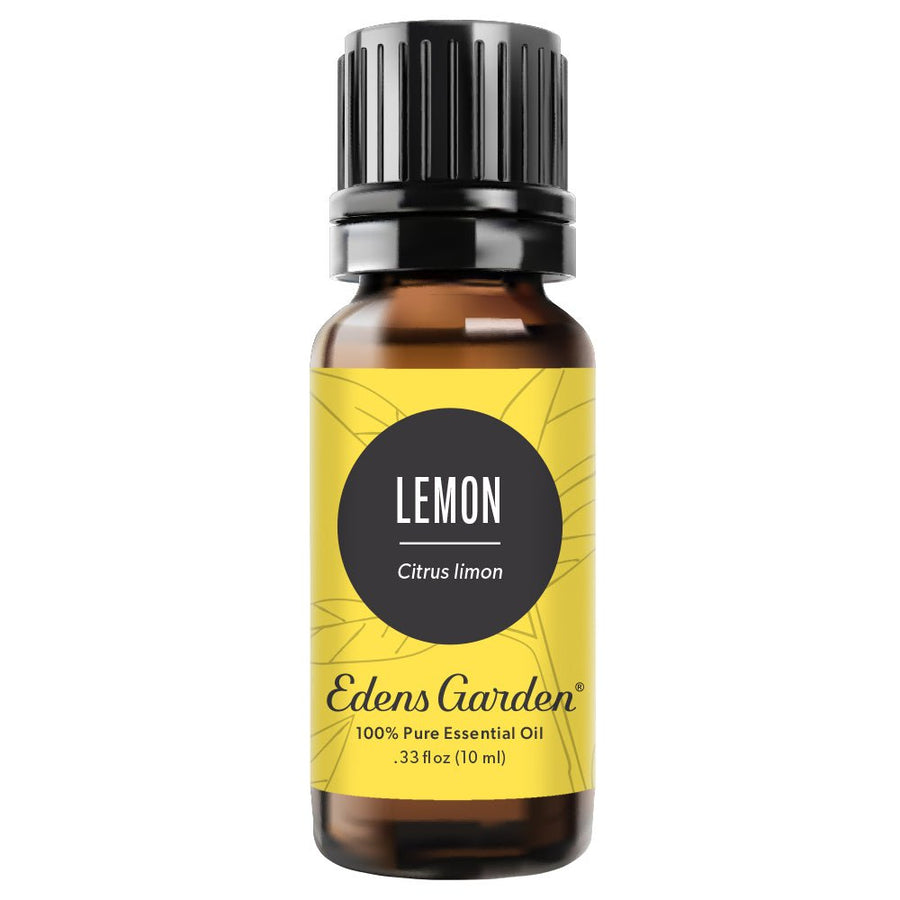

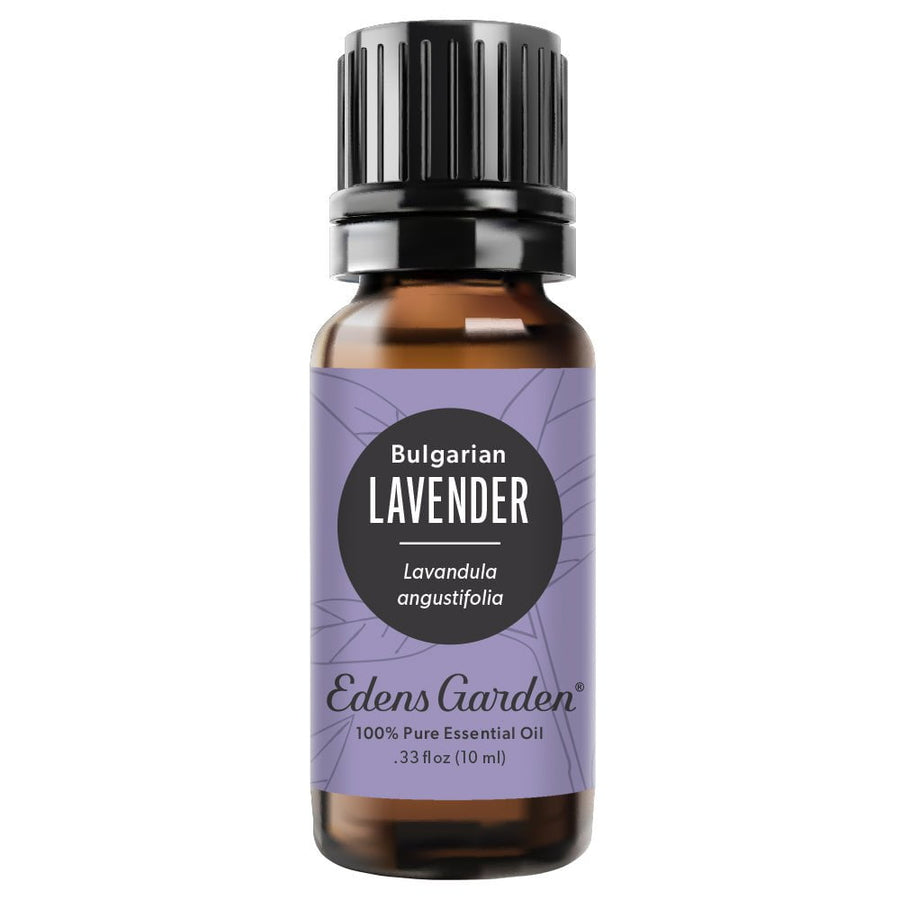
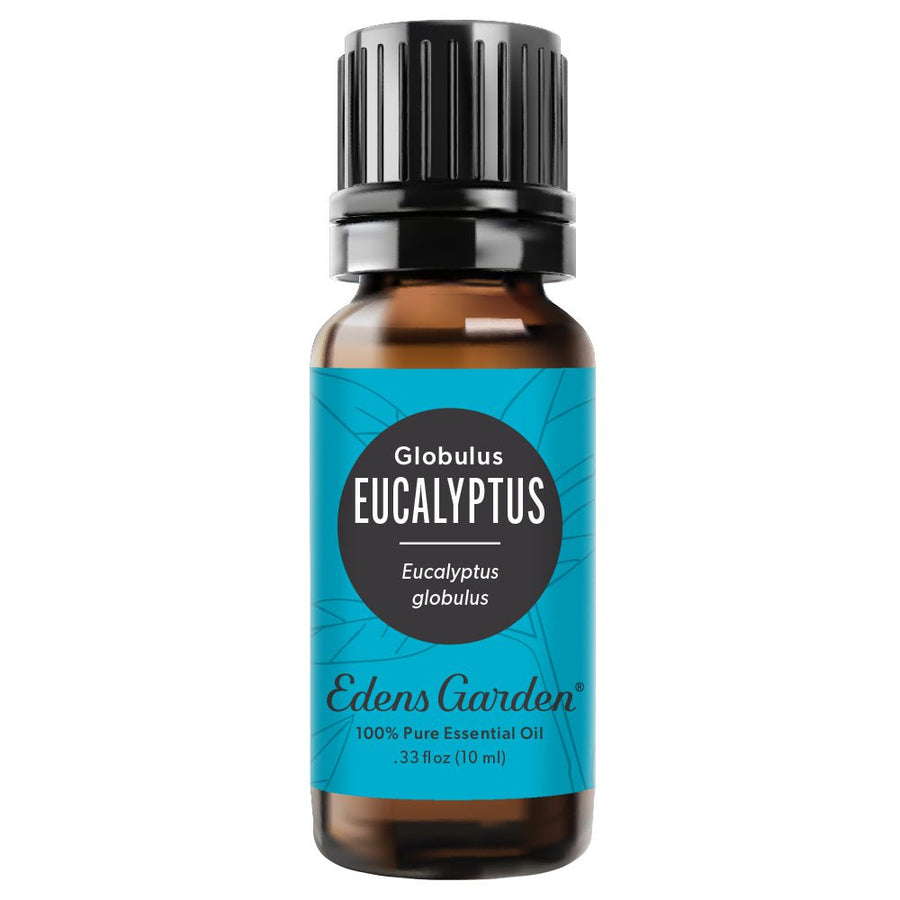
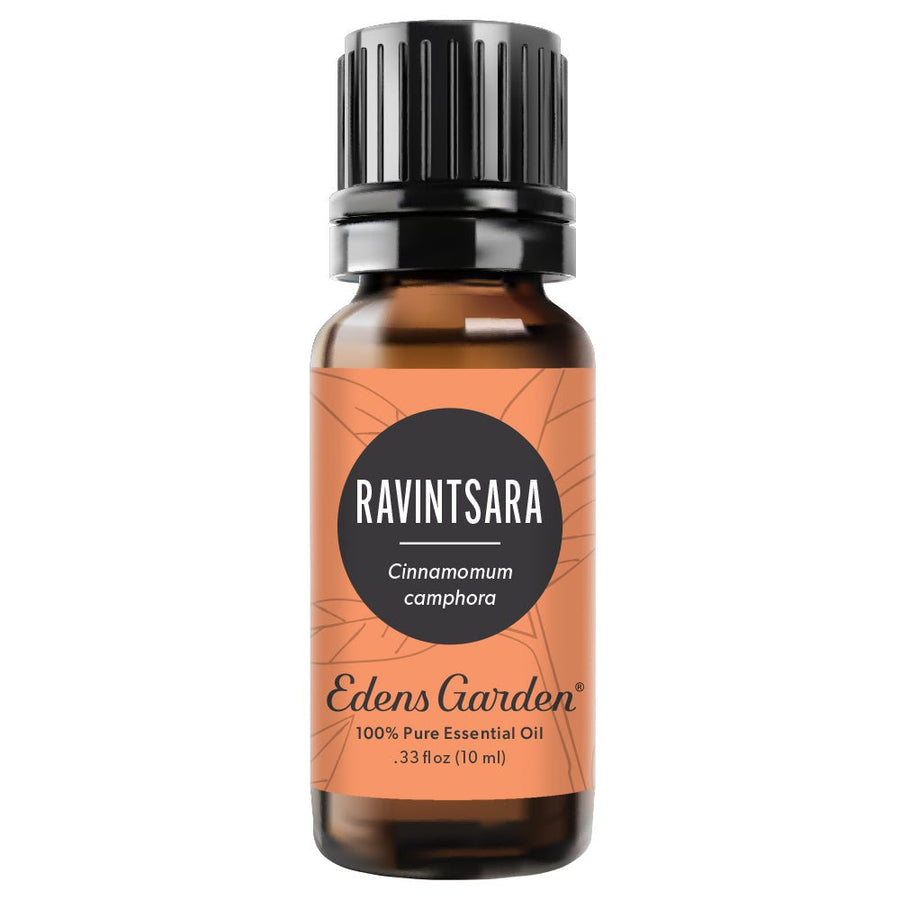
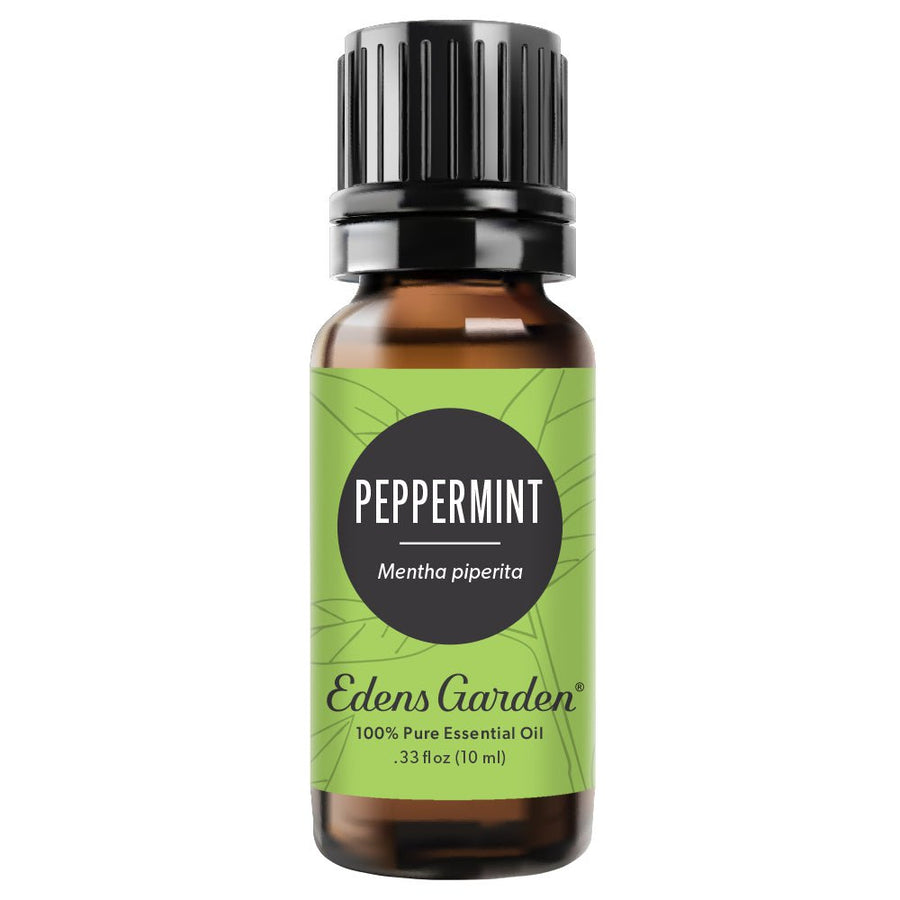




C
September 8, 2023 at 11:07 am
Thank you for posting this information! I really like reading about it and search out things of this nature!